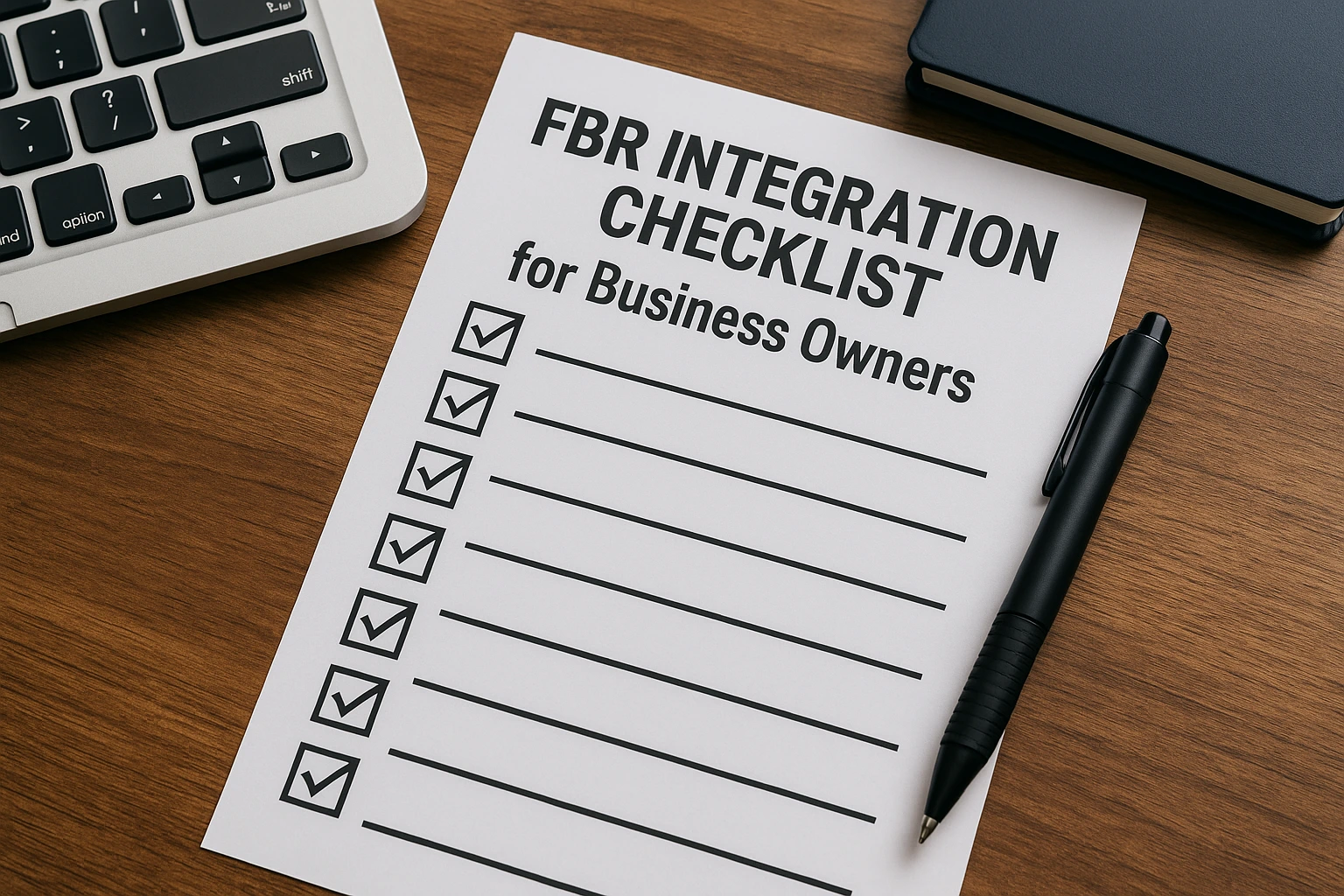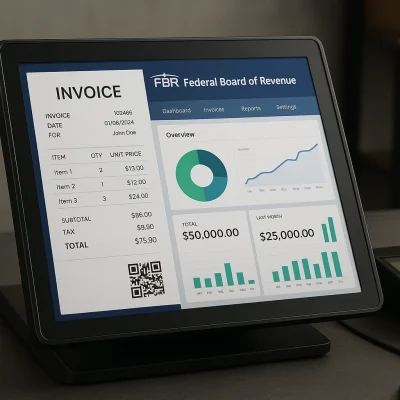As Pakistan continues to move toward a more transparent and digitized economy, FBR (Federal Board of Revenue) integration has become not just beneficial—but essential—for business owners. Whether you’re running a small retail shop or managing a growing e-commerce platform, integrating your system with the FBR ensures legal compliance, smoother operations, and improved financial management.
But what exactly does FBR integration involve? And more importantly, what steps should a business owner follow to set it up correctly?
Let’s walk through this FBR integration checklist step by step.
1. Understand What FBR Integration Is
To begin with, FBR integration refers to linking your Point of Sale (POS) or business software with the Federal Board of Revenue’s system. This real-time connection enables:
Instant invoice reporting
Accurate sales tax documentation
Full compliance with FBR regulations
While it’s mandatory for Tier-1 retailers, businesses of all types and sizes can benefit from it. Therefore, understanding the basics is your first step toward compliance.
2. Check Your Eligibility
Next, determine whether your business falls under the Tier-1 retailer category. This includes:
Retailers operating as part of a national or international chain
Superstores, shopping malls, or stores with large covered areas
Wholesalers who also sell at retail
Retailers with electricity bills exceeding a specific threshold
If you’re unsure about your eligibility, it’s wise to consult a tax professional or visit the FBR portal for confirmation. Doing this early helps you avoid legal complications later.
3. Choose a POS System Approved by FBR
Once eligibility is confirmed, your next step is to select a POS system approved by FBR. It’s important to ensure that your software supports:
Real-time invoice submission
Automated sales tax calculations
QR code generation for each invoice
Error detection and FBR response tracking
By investing in a reliable POS solution from the start, you reduce technical hassles and potential compliance issues down the road.
4. Register Your POS System
After choosing the right POS system, you’ll need to register it with the FBR. Here’s how:
Log in to the FBR Taxpayer Portal
Navigate to the “Integration with POS” section
Register your POS software
Generate the necessary credentials (API key, etc.)
This step officially connects your business to the FBR system, allowing all future sales data to flow seamlessly into their records.
5. Test the Integration
Before you go live, it’s crucial to test the integration thoroughly. Your POS system should be able to:
Generate a unique invoice number
Submit invoices in real time
Display both a QR code and the FBR-issued invoice number on receipts
Testing ensures everything is running smoothly and helps you avoid last-minute surprises.
6. Train Your Staff
Once your system is live, don’t forget about your team. Training your staff is essential. They should know how to:
Properly generate and print invoices
Verify FBR validation codes
Handle basic troubleshooting in case of errors
A well-trained staff not only ensures compliance but also keeps your operations efficient and error-free.
7. Monitor Reports and Stay Updated
In addition to integration, regular monitoring and maintenance are key. Make a habit of checking:
Your integration status on the FBR portal
Invoice submission logs for any discrepancies
Deadlines for tax filing or updates in FBR rules
Staying informed helps you stay compliant.
8. Get Professional Support
Finally, if all of this sounds overwhelming, don’t worry—help is available. Many service providers offer FBR POS integration services in Pakistan. They handle everything from system setup to ongoing technical support, allowing you to focus on running your business.
Final Thoughts
In conclusion, FBR integration is more than a legal obligation—it’s a strategic step toward business growth and transparency. By following this checklist and using the right tools, you’ll not only stay compliant but also gain better control over your business operations
Need help with FBR integration?
Let experts handle it for you — from POS setup to complete compliance.
Contact At One Click today and streamline your business with ease!




